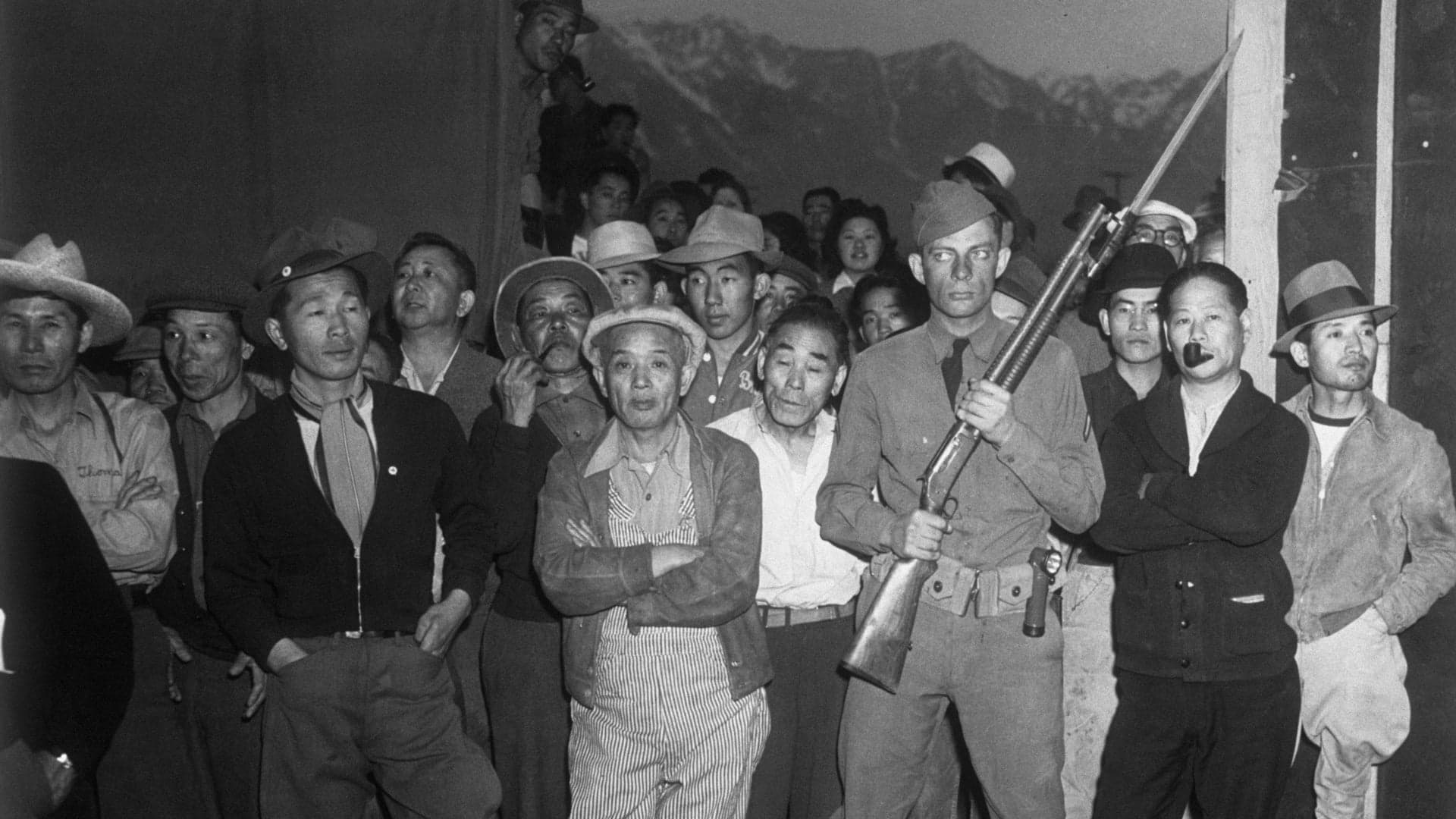On February 19, 1942, President Franklin D. Roosevelt signs Executive Order 9066, initiating a controversial World War II policy with lasting consequences for Japanese Americans. The document ordered the forced removal of resident "enemy aliens" from parts of the West vaguely identified as military areas.
After the bombing of Pearl Harbor by the Japanese in 1941, Roosevelt came under increasing pressure by military and political advisors to address the nation’s fears of further Japanese attack or sabotage, particularly on the West Coast, where naval ports, commercial shipping and agriculture were most vulnerable. Included in the off-limits military areas referred to in the order were ill-defined areas around West Coast cities, ports and industrial and agricultural regions. While 9066 also affected Italian and German Americans, the largest numbers of detainees were by far Japanese Americans.
On the West Coast, long-standing racism against Japanese Americans, motivated in part by jealousy over their commercial success, erupted after Pearl Harbor into furious demands to remove them en masse to Relocation Centers for the duration of the war.
Japanese immigrants and their descendants, regardless of American citizenship status or length of residence, were systematically rounded up and placed in prison camps. Evacuees, as they were sometimes called, could take only as many possessions as they could carry and were forcibly placed in crude, cramped quarters. In the western states, camps on remote and barren sites such as Manzanar and Tule Lake housed thousands of families whose lives were interrupted and in some cases destroyed by Executive Order 9066. Many lost businesses, farms and loved ones as a result.
READ MORE: These Photos Show the Harsh Reality of Life in WWII Japanese-American Internment Camps
Roosevelt delegated enforcement of 9066 to the War Department, telling Secretary of War Henry Stimson to be as reasonable as possible in executing the order. Attorney General Francis Biddle recalled Roosevelt’s grim determination to do whatever he thought was necessary to win the war. Biddle observed that Roosevelt was not much concerned with the gravity or implications of issuing an order that essentially contradicted the Bill of Rights.
In her memoirs, Eleanor Roosevelt recalled being completely floored by her husband’s action. A fierce proponent of civil rights, Eleanor hoped to change Roosevelt’s mind, but when she brought the subject up with him, he interrupted her and told her never to mention it again.
During the war, the U.S. Supreme Court heard two cases challenging the constitutionality of Executive Order 9066, upholding it both times. Finally, on February 19, 1976, decades after the war, Gerald Ford signed an order prohibiting the executive branch from re-instituting the notorious and tragic World War II order. In 1988, President Ronald Reagan issued a public apology on behalf of the government and authorized reparations for former Japanese American internees or their descendants.
READ MORE: Japanese Internment

